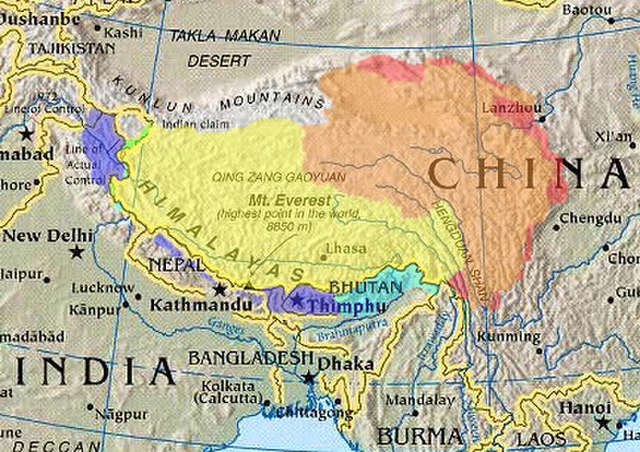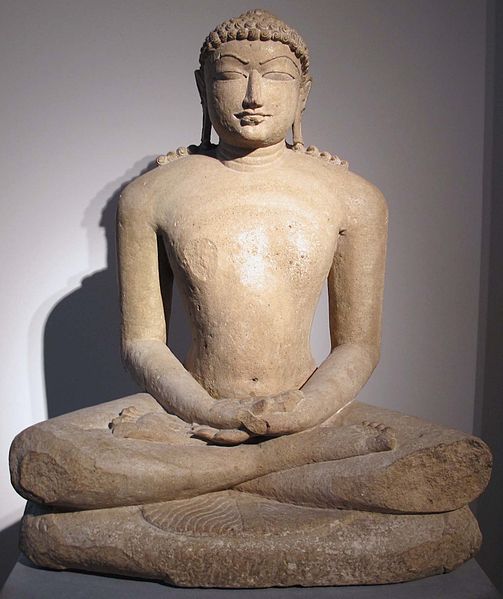Elliot Sperling was one of the world's leading historians of Tibet and Tibetan-Chinese relations, and a MacArthur Fellow. He spent most of his scholarly career as an associate professor at Indiana University's Department of Central Eurasian Studies, with seven years as the department's chair.
Sperling at PEN America/ Free Expression Literature, May 2014.
Tibet, or Greater Tibet, is a region in the central part of East Asia, covering much of the Tibetan Plateau and spanning about 2,500,000 km2 (970,000 sq mi). It is the homeland of the Tibetan people. Also resident on the plateau are some other ethnic groups such as the Monpa, Tamang, Qiang, Sherpa and Lhoba peoples and, since the 20th century, considerable numbers of Han Chinese and Hui settlers. Since the annexation of Tibet by the People's Republic of China in 1951, the entire plateau has been under the administration of the People's Republic of China. Tibet is divided administratively into the Tibet Autonomous Region, and parts of the Qinghai and Sichuan provinces. Tibet is also constitutionally claimed by the Republic of China as the Tibet Area since 1912. Tibet is the highest region on Earth, with an average elevation of 4,380 m (14,000 ft). Located in the Himalayas, the highest elevation in Tibet is Mount Everest, Earth's highest mountain, rising 8,848.86 m (29,032 ft) above sea level.

Tibet
Tibetan family in Kham attending a horse festival
Rishabhanatha, the first Tirthankara of Jainism, is considered to have attained nirvana near Mount Kailash in Tibet in Jain tradition.
King Songtsen Gampo





